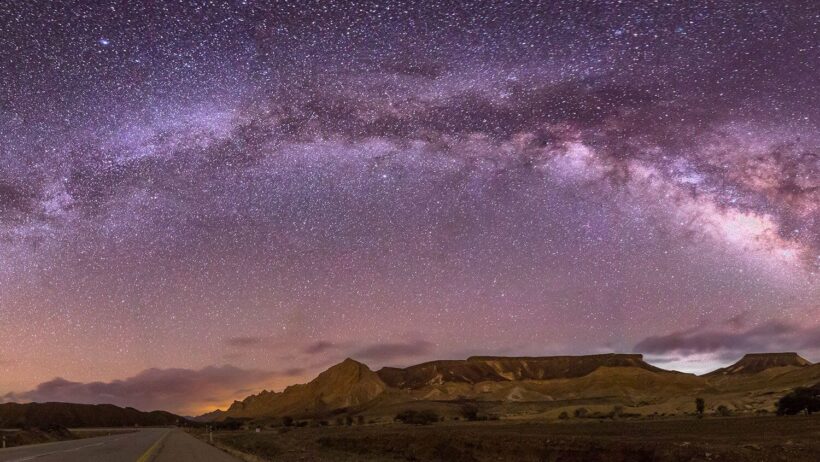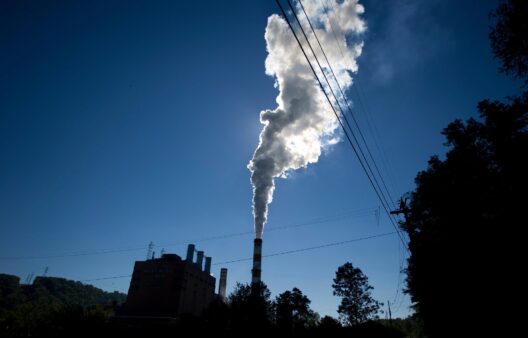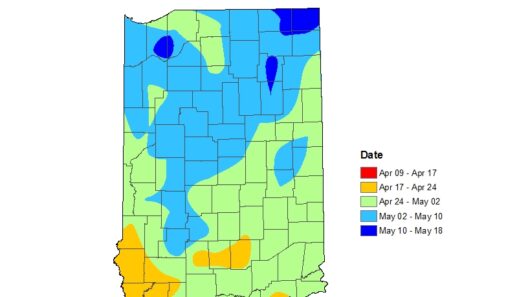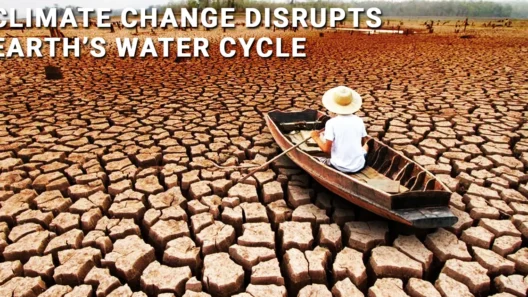Israel’s climate is as varied and complex as its rich history and diverse landscapes. The country features a unique combination of arid desert regions and temperate coastal areas, leading to an intriguing phrase often used by locals and visitors alike: “Desert Days, Coastal Nights.” This vivid description encapsulates the essence of the climatic dichotomy that characterizes Israel. From the sun-soaked expanses of the Negev Desert to the breezy, almost idyllic Mediterranean coastline, the climate plays a pivotal role in the lives of those who inhabit this land.
To understand the climate in Israel, it is essential to delineate the stark contrasts between its regions. The northern part of the country experiences a Mediterranean climate, characterized by mild, wet winters and long, hot, dry summers. As one moves south, the landscape transitions dramatically into semi-arid and arid zones, typified by the Negev Desert. This region encompasses about 60% of Israel’s landmass and displays extreme temperature variations. During summer, daytime temperatures often soar above 40°C (104°F), while winters can see nighttime temperatures dropping considerably, leading to an oscillation that can be jarring to those unfamiliar with the extreme conditions.
The Mediterranean coast, on the other hand, fosters a more temperate environment. With an average annual temperature of approximately 21°C (70°F), the coastal cities like Tel Aviv and Haifa enjoy a climate that is particularly conducive to outdoor activities. Rainfall is most prevalent between November and March, while summer months see minimal precipitation. The temperate conditions along the coastline not only cultivate a vibrant tourism industry but also support a plethora of flora and fauna unique to this climate. The juxtaposition of the lush coastal greenery against the stark desert backdrop amplifies an intrinsic beauty that captivates residents and visitors.
Israel’s unique topography—dominated by mountainous regions, valleys, and the Great Rift Valley—further complicates its climate. The interplay of elevation and proximity to the Mediterranean Sea creates microclimates that can vary tremendously over short distances. For instance, even within the span of a few kilometers, one might encounter a humid, flourishing environment in the coastal plain, while just a short distance away, the arid landscape of the desert reveals an entirely different ecological narrative. This climatic paradox contributes to the feeling of wonder that many experience while exploring the country.
There is a common observation among those who visit Israel: the desert exudes a mysterious allure. Much of this fascination stems from the unique ecosystems found within desert landscapes, where life has adapted to the harsh conditions. The Negev Desert is home to a surprising variety of wildlife, including creatures like the Arabian oryx and various reptiles, which have evolved extraordinary survival strategies to thrive in an environment replete with extremes. The arrays of colors that coat the desert at dusk, punctuated by the vivid hues of the setting sun, evoke a sense of serenity and reflection that many find irresistible.
Conversely, the coastal nights of Israel present a different kind of fascination. The refreshing, salty air sweeping off the Mediterranean Sea creates an inviting atmosphere that draws people outside after sunset. Strolling along the promenade in cities like Tel Aviv can be invigorating; the sound of waves crashing against the shore harmonizes with the laughter of friends and families enjoying shared moments. The gentle breeze softens the intensity of the day’s heat, lending itself to more social and communal activities. These coastal nights are a testament to the resilience of life in Israel’s varied climate, where highs and lows coexist harmoniously.
Climate change poses an ever-present challenge in Israel, as in many parts of the world. Rising global temperatures are contributing to increasingly extreme weather patterns, which could dramatically alter both the desert and coastal climates. The consequences of these shifts may include prolonged drought conditions in desert regions and unpredictable rainfall along the coast. Increased temperatures can lead to heightened evaporation rates, diminishing freshwater sources and posing significant challenges for agriculture—a cornerstone of Israel’s economy and historical identity.
The importance of addressing climate change in Israel cannot be overstated. Efforts to develop sustainable water management systems, renewable energy initiatives, and ecological conservation projects are vital in preserving the striking contrast between desert and coastal environments. Enacting policies that encourage sustainable practices can help mitigate the adverse effects of climate change, ensuring future generations continue to enjoy the extraordinary landscapes and climates that define Israel.
In summary, the climate in Israel encapsulates a tale of contrasts: “Desert Days, Coastal Nights” serves as a microcosm of how geography, environmental factors, and human experiences are intertwined. The coexistence of arid and temperate conditions creates a rich tapestry of life, imbuing Israel with cultural and natural treasures that both enchant and challenge. As the world grapples with the serious implications of climate change, understanding and protecting the delicate balance within this unique climate is imperative not just for Israel, but for the global community. The fascination with this land is not merely romantic; it is rooted in a deeper appreciation for what makes it extraordinary, driving home the necessity of stewardship toward its preservation.








